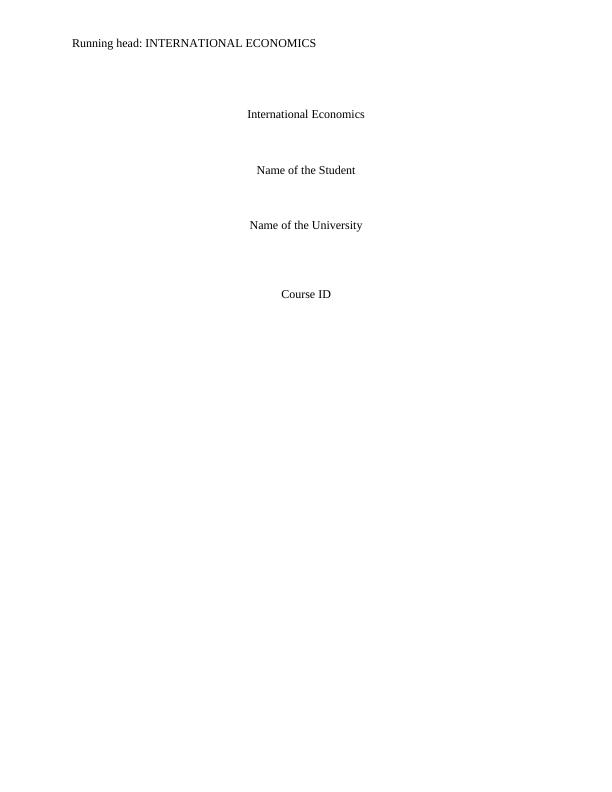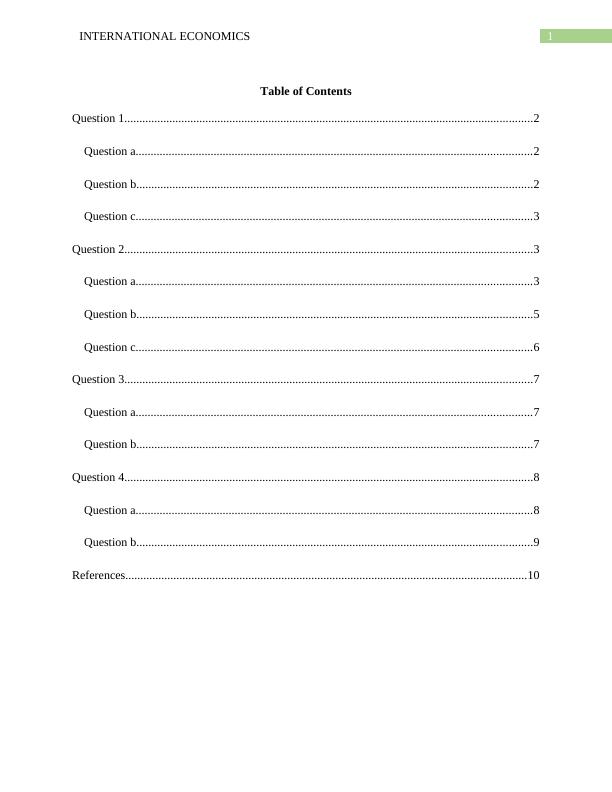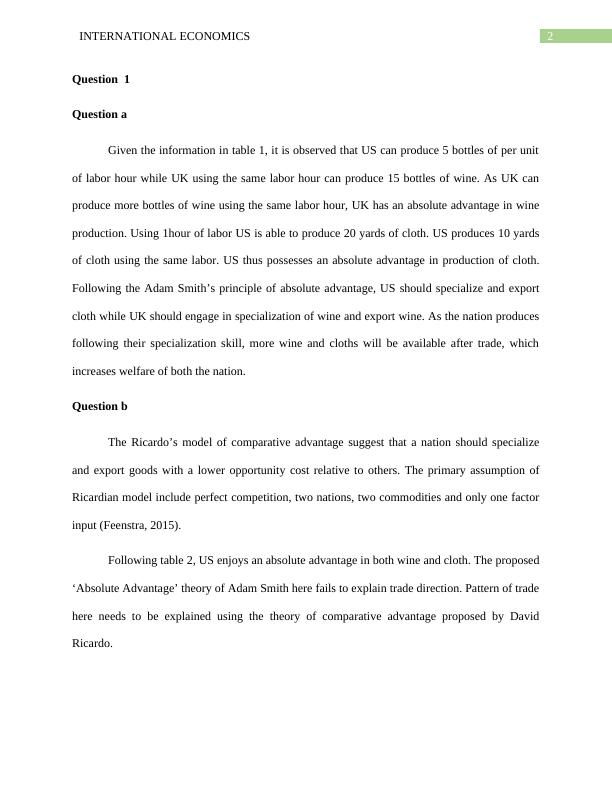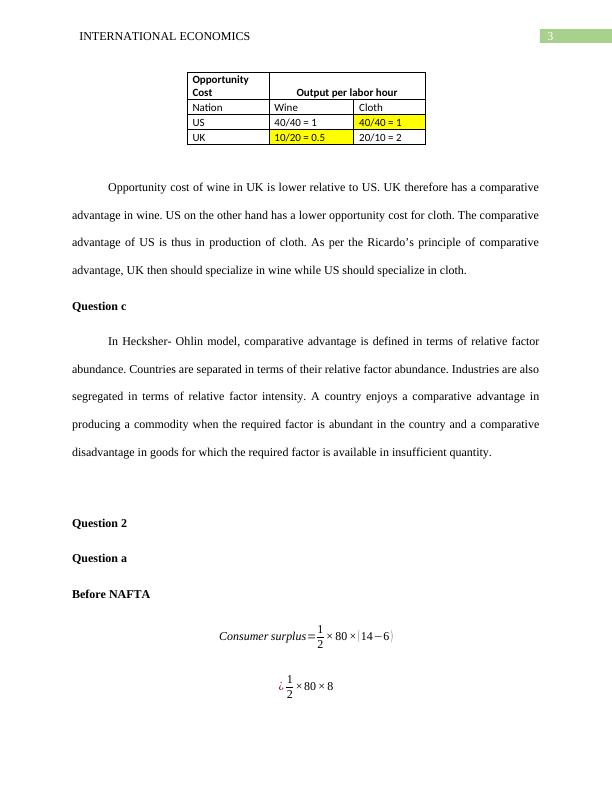International Economics: Absolute and Comparative Advantage, NAFTA, Singapore's Economic Strategies, Balance of Payment and Currency Strength
This is a group-based assignment for the course ECO203e International Economics. The assignment is worth 38% of the final mark and the cut-off date is 16 Oct 2018. Each group of 4 members is required to submit a single report via the seminar group site in Canvas. The group leader is responsible for uploading the report. All group members should contribute substantially to the assignment. If there are any issues with work distribution, students should inform the instructor. The submission should include the course code, title of the GBA, SUSS PI No., student names, and submission date.
Added on 2023-06-04
About This Document
International Economics: Absolute and Comparative Advantage, NAFTA, Singapore's Economic Strategies, Balance of Payment and Currency Strength
This is a group-based assignment for the course ECO203e International Economics. The assignment is worth 38% of the final mark and the cut-off date is 16 Oct 2018. Each group of 4 members is required to submit a single report via the seminar group site in Canvas. The group leader is responsible for uploading the report. All group members should contribute substantially to the assignment. If there are any issues with work distribution, students should inform the instructor. The submission should include the course code, title of the GBA, SUSS PI No., student names, and submission date.
Added on 2023-06-04
End of preview
Want to access all the pages? Upload your documents or become a member.




